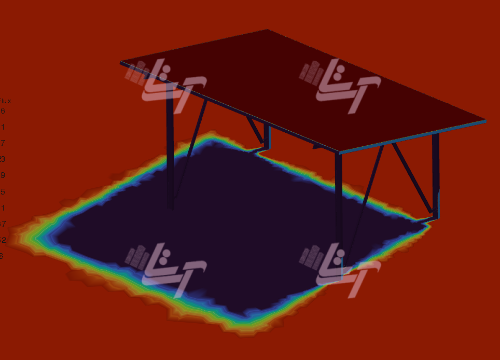Arta CFD Laboratory
Solar Energy CFD Simulation
Solar radiation is light – also known as electromagnetic radiation – that is emitted by the sun. While every location on Earth receives some sunlight over a year, the amount of solar radiation that reaches any one spot on the Earth’s surface varies. Solar technologies capture this radiation and turn it into useful forms of energy. Solar energy uses the sun’s light and heat to generate renewable or ‘green’ power. The most common form of solar energy is harnessed by solar panels, or photovoltaic cells. In photovoltaic power stations, they’re arranged almost edge-to-edge to capture sunlight in large fields. You’ll also see them on top of houses and other buildings at times, as well. The cells are created from semiconductor materials. When the sun’s rays hit the cells, it loosens electrons from their atoms. This allows the electrons to flow through the cell and generate electricity. On a much larger scale, solar collectors can generate power for thousands of people at once. Solar-thermal power plants use a variety of techniques to produce power using the sun. The sun’s energy is used to boil water which, in turn, operates a steam turbine to generate in a similar fashion to that of coal or nuclear power plants.
View related Projects from this section






